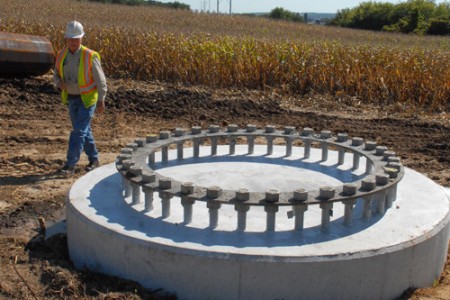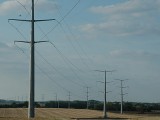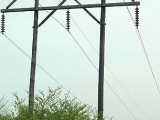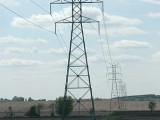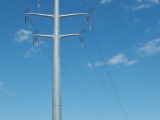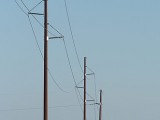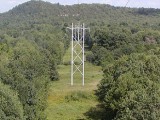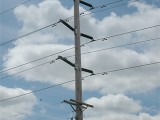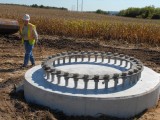Structures and facilities
There are many different types of high-voltage power line structures used throughout ATC’s service area. Learn about the wires and circuits.
We use both wood and steel structures depending on the conditions of the land and surrounding areas, the height needed for the poles, the price of steel and other factors, such as:
- construction
- operation
- maintenance
- cost
- electrical capacity and voltage of the power line
- physical electrical clearances
- environmental impact
About the wires
The wires used in high-voltage power lines are mainly aluminum. Aluminum costs less and is lighter than copper, which was primarily used until the 1950s. A single-circuit power line will have three wires; a double-circuit power line will have six wires. An additional wire (or two), called a shield wire is connected to high-voltage power line structures at the top to protect the main conductors (wires) from a direct lightning strike. If lightning strikes, it will hit the shield wires rather than the main wires. If lightning were to strike the main wires, a short circuit to the ground might occur, which could cause a momentary power outage that may not even be noticed by the general public.
High-voltage power lines are connected to the structures by insulators that are usually made of porcelain. They must be strong enough to support the weight of the power lines while preventing a contact between the wires and the structure. Contact between the two would cause a short circuit and disrupt supply.

